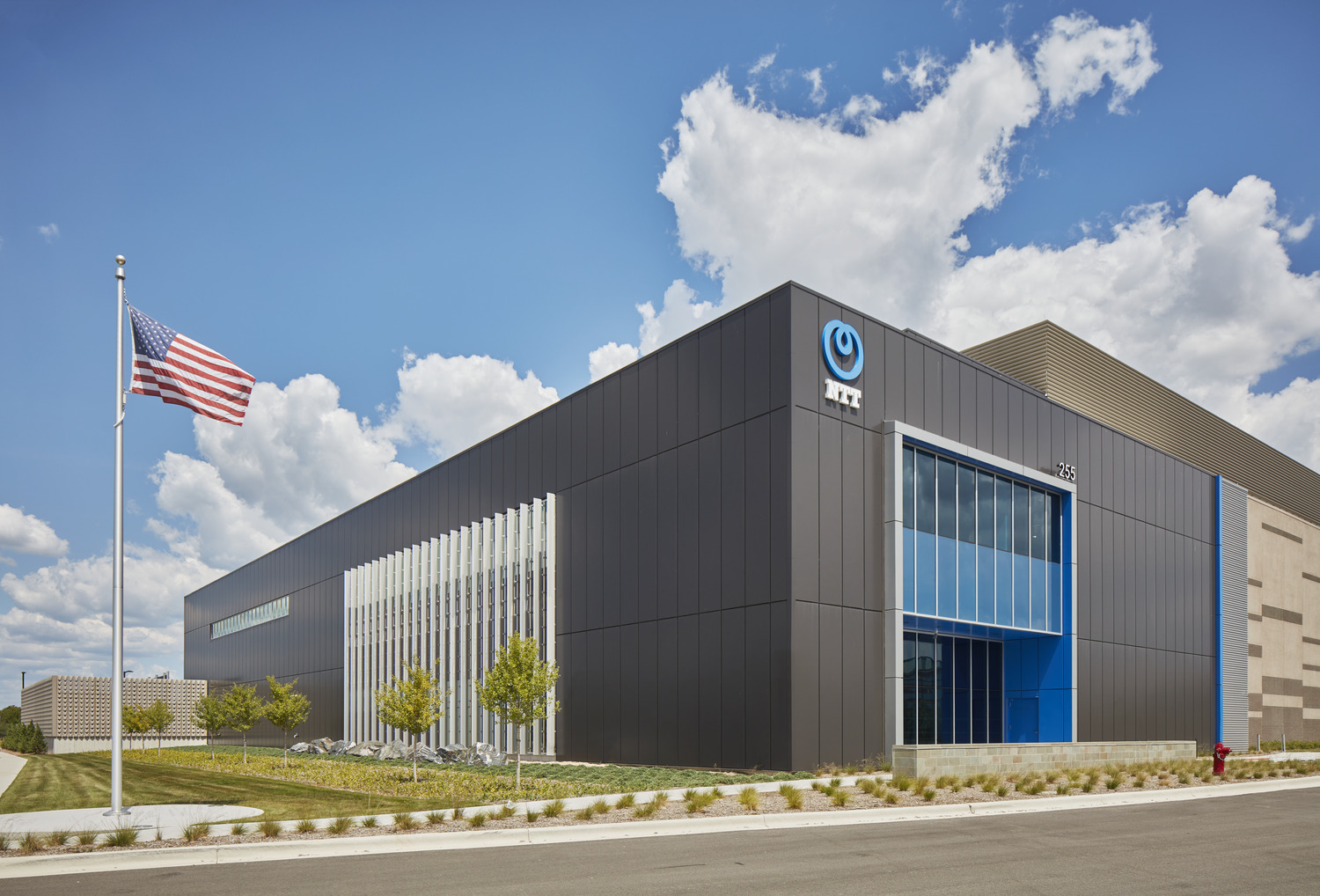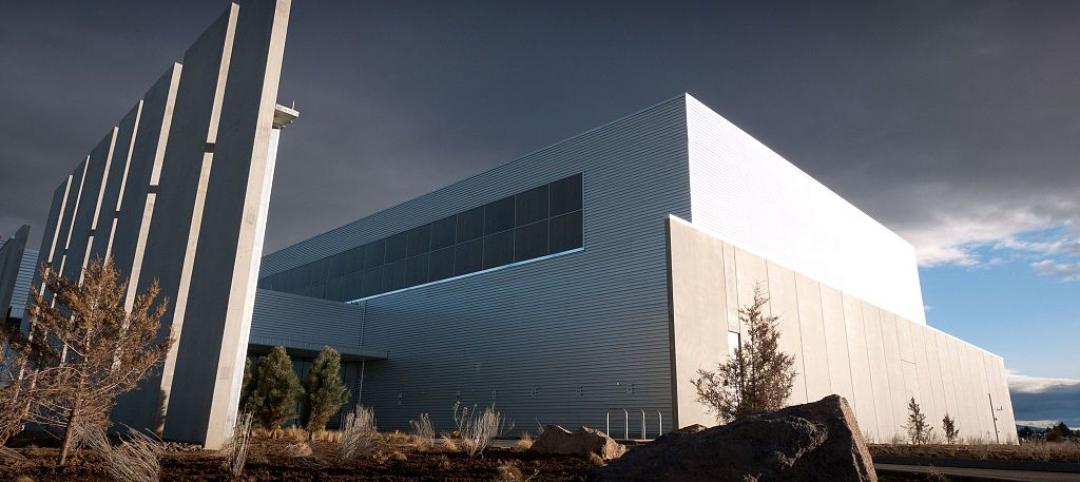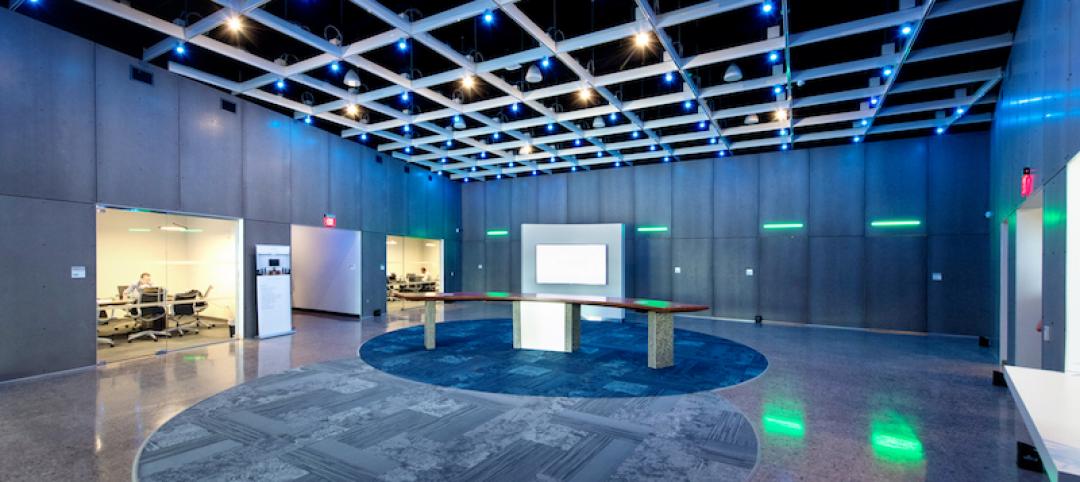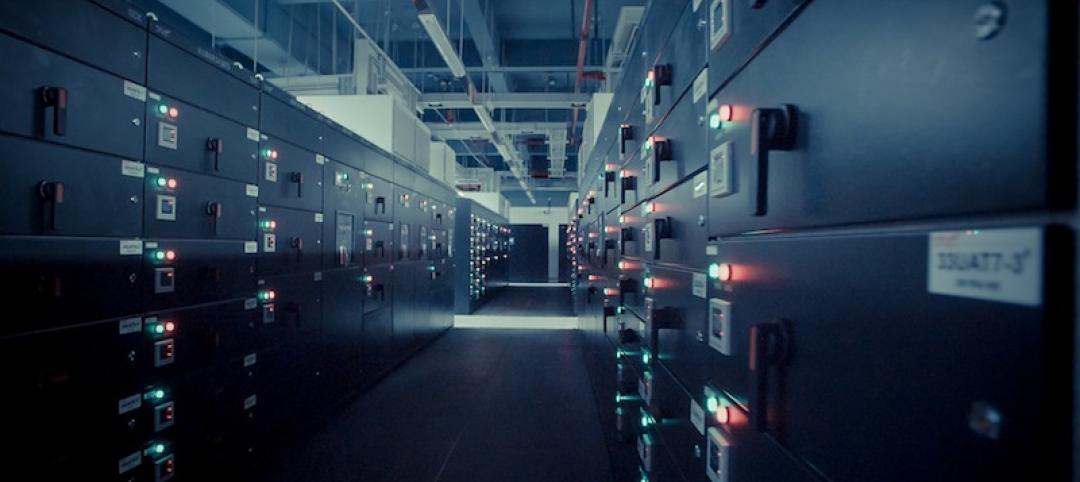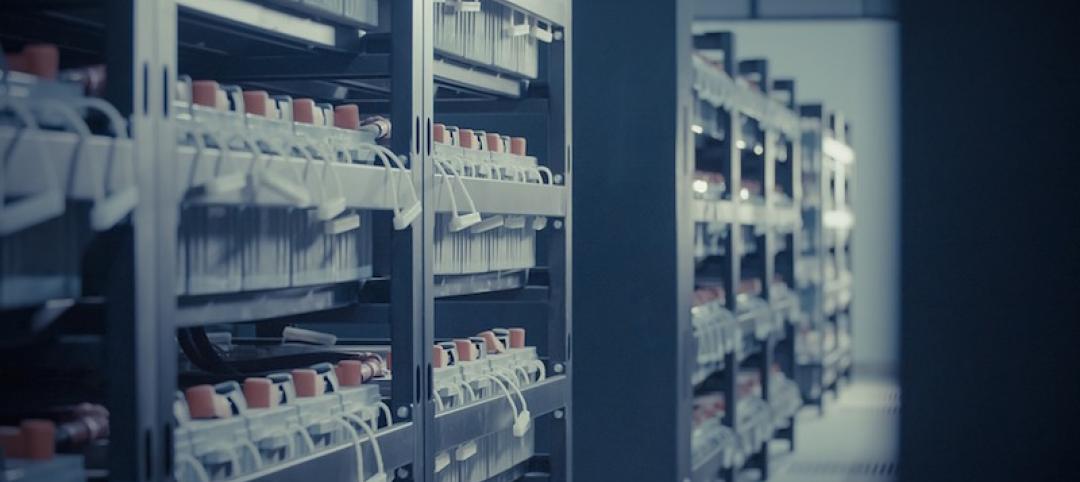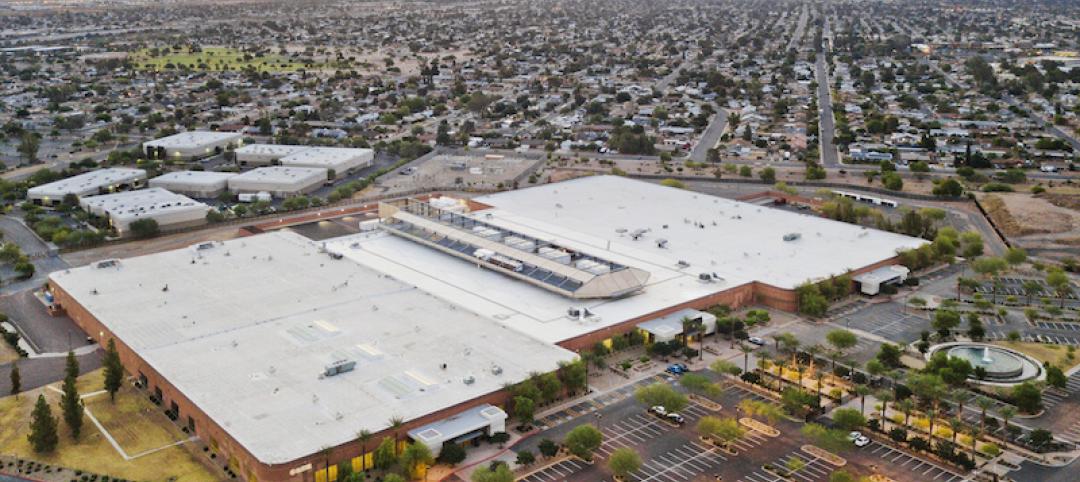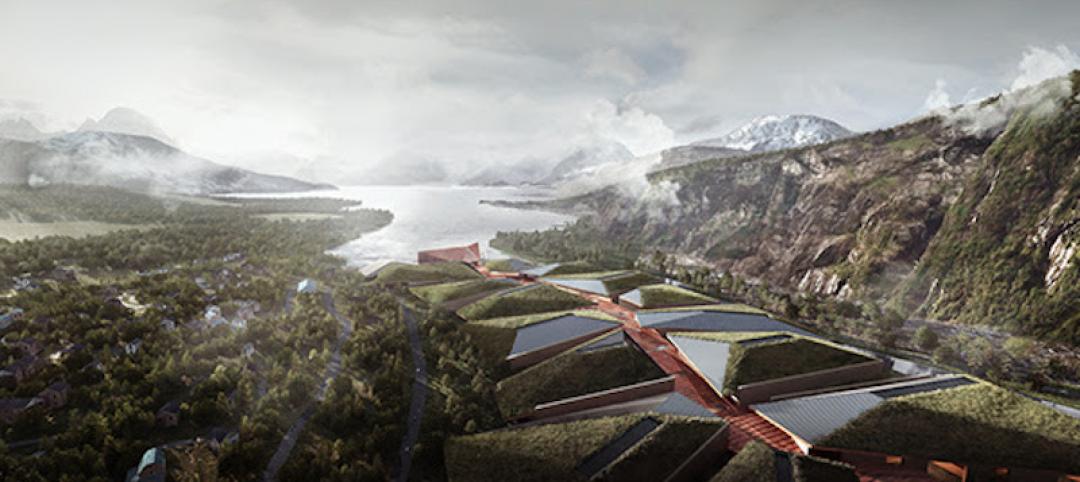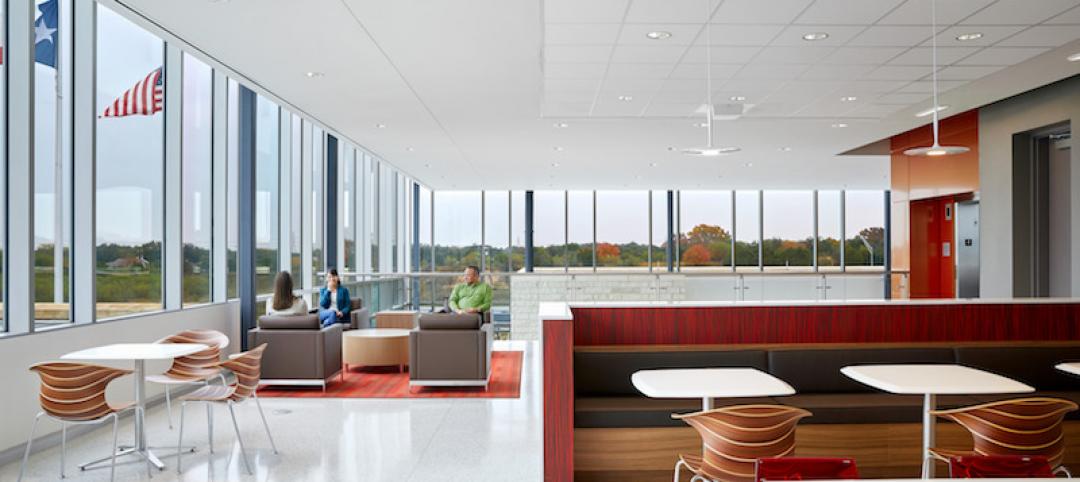As AI and other technologies surge in popularity, so has the demand for data centers to power global digital transformation. However, a greater demand for data centers also introduces demand for greater sustainability measures and the need to educate communities on the positive change data centers bring. Here’s what you can expect from the data center industry in 2024 and beyond.
Increased adoption of efficient cooling systems for data centers
The advancement in AI technologies comes with a potential consequence for data centers: increased heat generation and density. As climate concerns increase, there will be continued pressure on data center companies to utilize more efficient cooling methods to reduce their carbon footprint.
The sustainability challenge for providers is to maximize operational efficiencies and reduce overall energy use, all while maintaining cooling system resiliency and providing a flexible environment for a wide range of rack densities and dynamic load profiles from AI driven High Performance Compute (HPC).
In 2024 and beyond, we will see a steady, if not exponential rise in liquid-to-chip server deployments as more manufacturers produce these options and end-user adoption increases.
Liquid cooling is a far more efficient means for heat removal than air, so in theory the more it is deployed, the lower a data center's PUE (ratio of IT energy to overall facility energy) will be as less energy is required for heat removal than would be used with air alone. The higher the percentage of direct liquid cooling, the more efficiently a data center can operate and obtain a significant reduction in PUE.
To be able to accommodate the rising demand, facilities will require the necessary baseline cooling infrastructure and a higher level of operational finesse than we’ve seen before.
Existing facilities may require a significant Capex investment if not already equipped with a fluid-based cooling system. Having a glycol or chilled water base cooling system is a necessity, as refrigerant based systems alone cannot accommodate this requirement. An air-cooled, closed-loop system is typically the baseline choice regarding sustainability concerns, as it has a negligible demand on water once in operation, and provides the most flexibility in supply water temps to accommodate servers requiring low inlet fluid temperatures.
Related content: 2023 Data Center Sector Giants
- Top 30 Data Center Architecture Firms for 2023
- Top 60 Data Center Engineering Firms for 2023
- Top 50 Data Center Construction Firms for 2023
Strategically sized and placed Cooling Distribution Units (CDUs) provide the flexibility to distribute liquid direct to in-rack manifolds for seamless distribution to liquid-cooled servers. While many providers have migrated away from raised floors and gone with overhead only distribution, raised floors may come back in style for new builds as a way to mitigate the inherent risks of overhead liquid and cross-congestion with dense power distribution and other overhead systems. Many more manufacturers like Schneider Electric and Vertiv, are launching CDU product lines. CDU sizes, currently available up to 1 MW, may increase much like available busway ampacities did, to accommodate the larger deployments of high-density clusters.
While a high percentage of heat from liquid-cooled servers can be removed via water, they still require a percentage of conditioned air, and supporting network, storage, and other potentially high-density rack deployments still rely solely on directed air. With the use of a raised floor and proper containment, mid-to-high density air-cooled IT deployments can often be managed, but the lack of precision makes maintaining high efficiencies in conjunction with system resiliency challenging, largely due to the fan speed and volume requirements to cover large air-throw distances. Close-coupled cooling such as rear-door heat exchangers and in-row cooling provide a way to leverage a base chilled water system as a supplemental solution for high-density, non-liquid cooled installations.
With the dynamic nature of all High Performance Compute (HPC), a robust monitoring system with precision control and automation will be a necessity. Power dense AI deployments have a dynamic and unpredictable load profile, with server clusters that can go from idle to warp speed in the blink of an eye. Loads can shift around the geography of a data center, creating instant hot spots and exceeding the speed at which a traditional cooling system can respond to the demand, risking system level shutdowns from equipment overload conditions. Operators can find themselves playing whack-a-mole trying to redirect air flow and adjust system performance parameters on the fly.
This creates a new challenge for energy management. Without proper precision monitoring and controls, operators might have to keep systems running as in peak demand mode, sacrificing efficiency, just to ensure reliability.
There is a high learning curve for operators as they fine tune methods to deal with the demand response while continuing to preserve energy. Fine-tuned air flow management via containment and blanking panels to keep hot and cold air streams separate is all the more important.
In time, the AI systems themselves will likely be the master of their own domains, controlling the environment they live in and learning as they go how to ensure uptime AND preserve energy.
Data centers as learning centers
NIMBYism (as in “not in my backyard”) is unavoidable when it comes to data center development. Data centers are typically depicted as loud, messy and unattractive, and the industry hasn’t done much to change this narrative. In 2024, data center leaders will prioritize community education around data centers.
With more education around data centers, communities will learn about the technological contributions data centers bring, as well as the possible career paths one could have in the information economy. Although the development of a new data center doesn’t bring many jobs to the local economy in the long-term, they are still an essential part of our tech-driven world.
Data center leaders must make community outreach a priority as new buildings are developed. One way to do this is by offering the data center as a learning destination for local school districts so students can take field trips to the facility and learn the important functions of a data center. Additionally, data center developers can consult architects and designers to make sure the building fits the aesthetic and character of the local community to ensure it isn’t an eyesore.
The size of modern data centers has caused communities to raise concerns about the noticeability to residents. These concerns show a need for more education around how these new and highly efficient data centers are effectively replacing hundreds of thousands of smaller inefficient legacy facilities that are being decommissioned and re-purposed as companies move to the cloud. As an industry, data centers need to pay more attention to political outreach and explain how they are saving energy and reducing carbon. Data centers are a multibillion-dollar industry and can facilitate energy efficiency throughout the economy.
Nuclear-powered data centers on the rise
There is a growing appetite among hyperscale and colocation providers for green, reliable, close-proximity power generation. Close proximity to power generation cuts down on transmission line losses from power traveling over long distances, maximizing the reliability and the amount of power delivered relative to power produced. Once data centers are built and fit-out, they provide a relatively steady base load on power grids, a good pairing to a nuclear source which operates most effectively with a steady base load for continuous operation.
Nuclear power stands as a green alternative to elevate steady-state power production on the grid, making us less reliant on non-renewable energy sources. Once a nuclear power plant is built, like hydropower, it produces virtually zero emissions, making it the most power dense, green energy source option available.
While the affordability of Small Modular (Nuclear) Reactors (SMRs) remains to be determined, there is much to be optimistic about regarding their future as a staple green energy source for our power demands. SMRs are factory built and modular, allowing the delivery of pre-manufactured components for onsite assembly, significantly reducing project timelines and (hopefully) cost. They are much smaller in size than a legacy nuclear plant and can safely be deployed in closer proximity to population centers, with enhanced safety systems requiring no human intervention for shut down, effectively eliminating the risk for any radioactive propagation.
While we likely won’t see SMRs being deployed at scale for the better part of a decade, what we will see more of in 2024 and beyond, is increase in investor financing for the technology, more hyperscale and large developer ambassadors, and regulatory approvals in various geographies starting to pave the way.
This year already, rezoning was approved to pave the way for Green Energy Partner’s planned 1 giga-watt data center campus adjacent to Surry Nuclear Power Plant which is operated by Dominion Energy. Day one power for the Surry Green Energy Center (SGEC) will be from legacy nuclear, with a 10-15 year plan to install up to six 250MW SMRs.
Looking forward we can expect to see more savvy developers and hyperscalers announcing plans to partner with existing power companies for long-term SMR backed data center developments, particularly in locations believed to have favorable market conditions for nuclear advancement.
Data center design in 2024 and beyond
As the information economy continues its rapid growth, data center leaders are constantly looking for ways to evolve data centers. Of the many development considerations, sustainability, community perception and alternative power sources will dominate the industry in 2024 and beyond. Keeping these trends in mind can help data center planners make the right choices.
More recent data center design trends content:
Related Stories
Data Centers | Feb 22, 2018
Demand for ‘hyperscale’ data centers continues to grow; U.S. leads the way
The number of so-called “hyperscale” data centers worldwide surpassed 390 at the end of 2017, with 69 more facilities in the works, according to Synergy Research Group.
Giants 400 | Oct 16, 2017
Data center market forecast: Clearly cloudy
Look for mission-critical construction to double in the next few years.
Data Centers | Oct 13, 2017
Top 35 data center construction firms
Turner Construction Co., Holder Construction, and DPR Constrcution top BD+C’s ranking of the nation’s largest data center sector contractors and construction management firms, as reported in the 2017 Giants 300 Report.
Giants 400 | Oct 12, 2017
Top 30 data center engineering firms
Syska Hennessy Group, AECOM, and Morrison Hershfield top BD+C’s ranking of the nation’s largest data center sector engineering and EA firms, as reported in the 2017 Giants 300 Report.
Giants 400 | Oct 11, 2017
Top 25 data center architecture firms
Jacobs, Corgan, and Gensler top BD+C’s ranking of the nation’s largest data center sector architecture and AE firms, as reported in the 2017 Giants 300 Report.
Data Centers | Aug 28, 2017
Do AEC firms have the wattage to meet the demands of a charged-up data center sector?
As construction and leasing surge, one big contractor worries about his industry’s talent shortage.
Data Centers | Aug 16, 2017
The world’s largest data center is being built 140 miles north of the Arctic Circle
The 600,000-sm facility will be on a secure property surrounded by a moat.
Healthcare Facilities | Jul 25, 2017
Healthcare technology: Preparing for the world of tomorrow
This article outlines the current data center landscape in the healthcare sector, industry trends, and challenges and opportunities new technologies present to the healthcare space.
Data Centers | Jul 21, 2017
Operational wellness was an objective for a new 911 call center near San Antonio
The Operations Center consolidates activities that previously were being handled at 25 locations.
Data Centers | Oct 14, 2016
Where data centers meet design
As technology continues to evolve, we have to simultaneously adapt and help our clients think beyond the short term, writes Gensler's Martin Gollwitzer.


